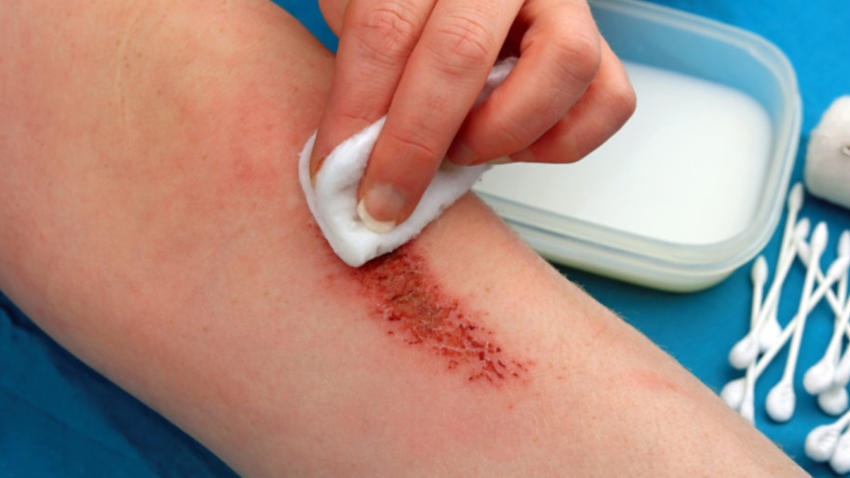
How can I make a wound heal faster ?
Healing wounds quickly involves a combination of proper wound care practices, maintaining a healthy lifestyle, and possibly using specific treatments or remedies. Here are some key points to consider for faster wound healing:
Proper Wound Care
- Clean the Wound: Gently wash the wound with mild soap and water to remove any debris and reduce the risk of infection.
- Antiseptic Application: Use an antiseptic solution to disinfect the wound.
- Cover the Wound: Apply a sterile bandage or dressing to protect the wound from dirt and bacteria.
- Keep the Wound Moist: Use an antibiotic ointment or petroleum jelly to keep the wound moist, which can promote faster healing.
Lifestyle and Dietary Considerations
- Healthy Diet: Consume a balanced diet rich in vitamins and minerals, especially Vitamin C, Vitamin A, zinc, and protein, which are essential for wound healing.
- Hydration: Drink plenty of water to keep the body hydrated, as this supports overall health and wound healing.
- Avoid Smoking and Alcohol: Smoking and excessive alcohol consumption can impair the healing process.
Specific Treatments and Remedies
- Medicated Dressings: Use hydrocolloid or hydrogel dressings, which can promote a moist healing environment and protect the wound.
- Honey: Applying medical-grade honey has been shown to have antibacterial properties and promote healing.
- Aloe Vera: Known for its soothing properties, aloe vera gel can help reduce inflammation and promote healing.
- Topical Antibiotics: Use over-the-counter topical antibiotics to prevent infection.
General Tips
- Avoid Picking at Scabs: Let the wound heal naturally without disturbing the scabs, as picking can delay healing and increase the risk of scarring.
- Rest and Elevate: Rest the affected area and keep it elevated to reduce swelling and promote blood flow.
- Monitor for Infection: Look out for signs of infection such as increased redness, swelling, pain, or pus, and seek medical attention if these occur.
By following these guidelines, you can support the body’s natural healing processes and help wounds heal more quickly and effectively.




Leave a Reply